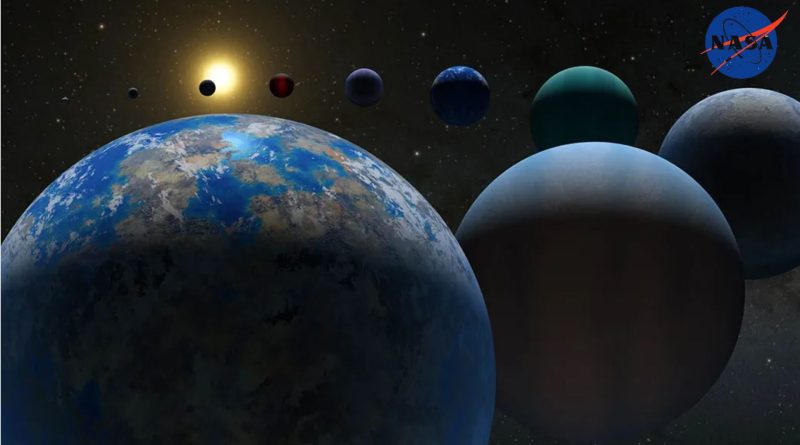Exploring NASA’s Magic: Illinois Takes Flight!
The historical narrative of the aerospace sector in Illinois unfolds as an intriguing tapestry of innovation, traversing the realms of perplexity and burstiness. Illinois, often hailed as the “Prairie State,” may not immediately evoke associations with cosmic exploration, yet its aerospace legacy is a tapestry woven with intricate threads that have significantly shaped the industry.
Embarking on the Early Years:
The roots of Illinois’ aerospace domain delve into the early 20th century, a time marked by aviation luminaries such as Octave Chanute and Glenn Curtiss. Their pioneering strides in flight technology laid the groundwork for subsequent breakthroughs in aerospace engineering.
World War II and the Expansive Horizon:
During the crucible of World War II, Illinois emerged as a nucleus for aerospace manufacturing. Giants like Boeing and McDonnell Douglas erected facilities in the state, channeling their prowess to bolster the war effort. Post-war, these entities persisted in their innovative pursuits, catalyzing the expansion of the celestial sphere.
The Celestial Sprint:
The 1950s and 1960s witnessed Illinois assuming a pivotal role in the United States’ lunar odyssey. A collaborative alliance between NASA’s Marshall Space Flight Center in Huntsville, Alabama, and the Illinois-based aerospace protagonist, Rockford Products Corporation, materialized in the creation of pivotal components for the Saturn V rocket, the propellant force behind the Apollo missions.
Contemporary Unfoldings:
In the present epoch, Illinois retains its standing as a cornerstone in the aerospace narrative. Within its confines, various aerospace entities, research bastions, and governmental bodies converge. NASA’s Goddard Space Flight Center operates a facility in Greenbelt, Illinois, focusing on satellite communications and Earth science exploration.
Inquiries Unveiled:
Q: What encompasses aerospace engineering?
Aerospace engineering constitutes a discipline of engineering that orchestrates the conceptualization, evolution, and erection of aircraft and spacecraft.
Q: What characterizes NASA?
NASA, denoting the National Aeronautics and Space Administration, assumes the mantle of the United States’ civil space agency, steering the nation’s space exploration and investigative endeavors.
Q: What embodies the space race?
The Space Race encapsulates the rivalry between the United States and the Soviet Union throughout the Cold War epoch, striving for paramount achievements in space exploration, such as inaugurating the first human into space and executing the inaugural manned lunar landing.
Q: What distinguishes the Saturn V rocket?
The Saturn V rocket stands out as a potent launch vehicle employed by NASA during the Apollo missions to transport astronauts to the lunar expanse.
In summation, although Illinois may not clinch the foreground when ruminating on the aerospace panorama, its imprint is undeniably profound. From instigating aeronautical breakthroughs to fortifying the Apollo ventures, Illinois stands as a linchpin in sculpting the annals of the aerospace sphere. In the contemporary context, the state endures as a pivotal nucleus for aerospace scrutiny and progression.

